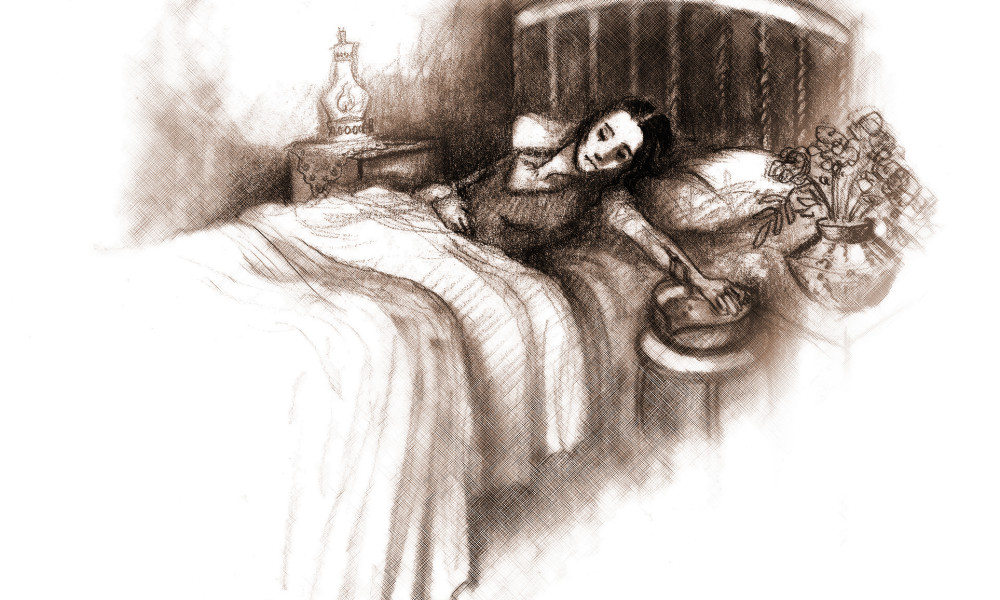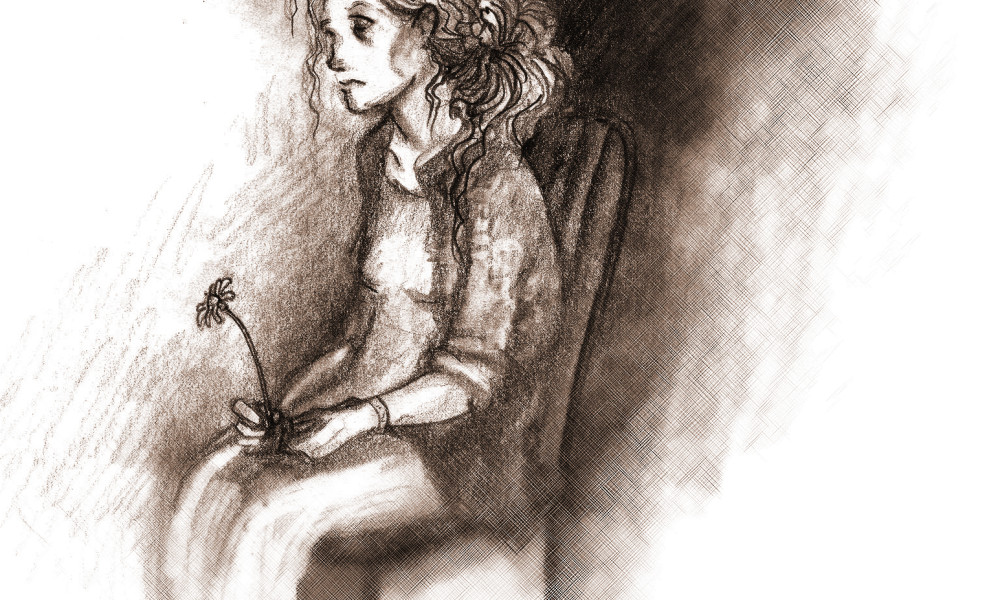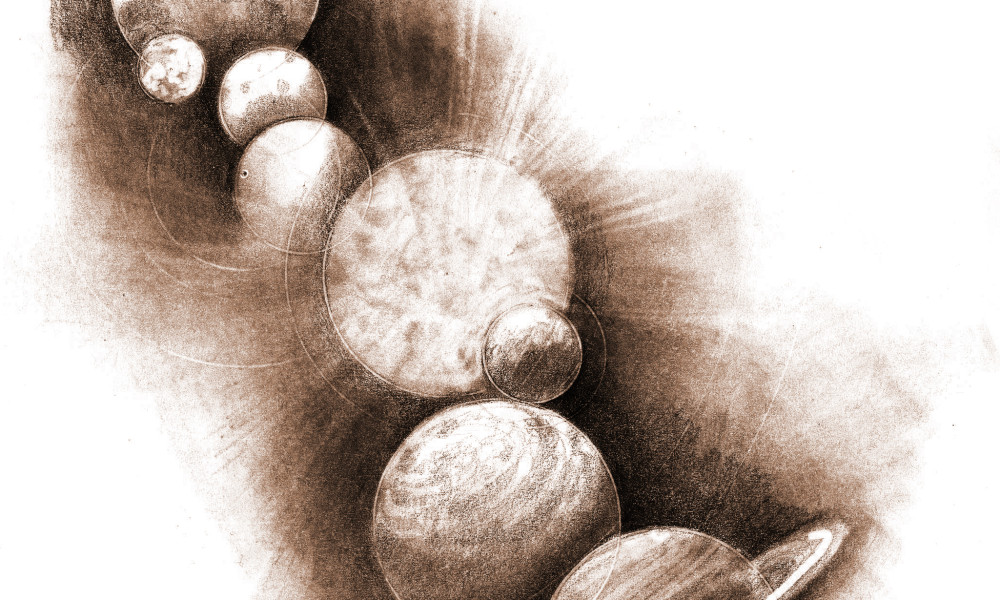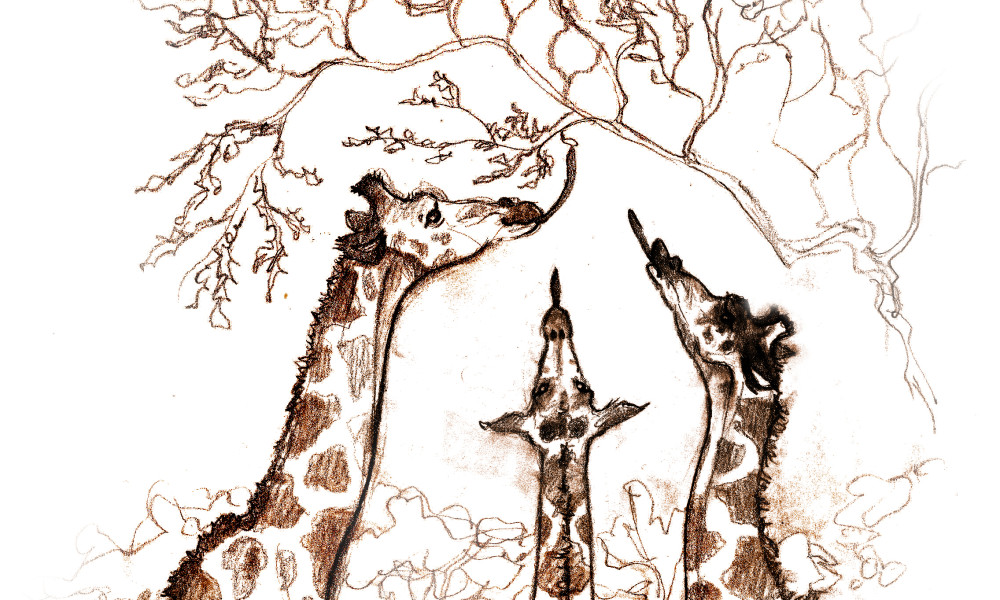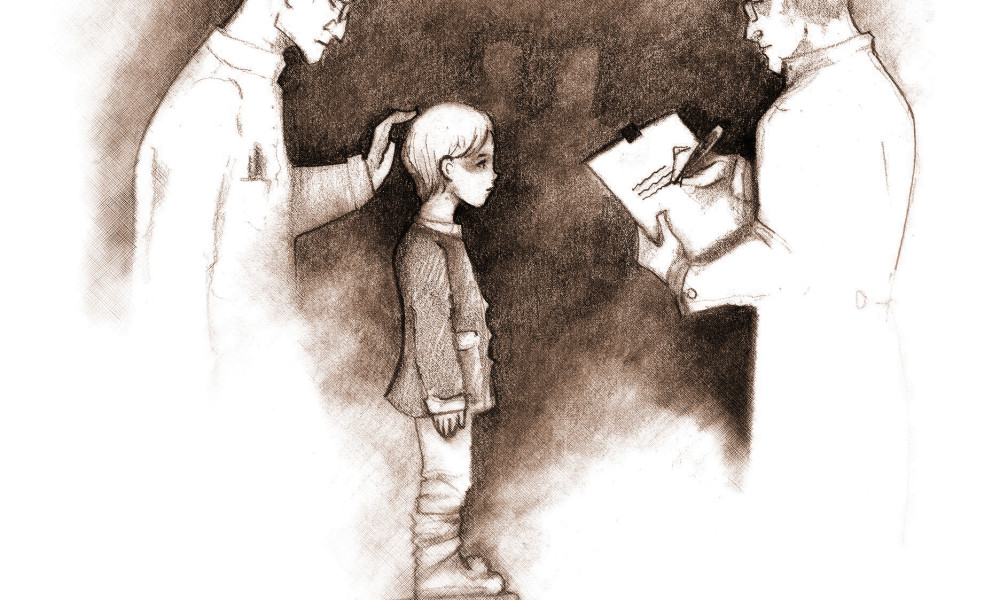Dead ends in science
The history of science is a maze of breakthroughs and failures. Some hypotheses that may seem ludicrous in the twenty-first century were commonly accepted as the truth back in the days. It is easy to make fun of long gone scientists and their ideas. But who is to say that we are much wiser today? How do we tell an actual breakthrough from a scientific dead end? Here are some examples of what we once believed in:
Blood-letting
Blood-letting was a key treatment in medieval medicine, but in the latter half of the 19th century doctors realised that it often did more harm than good. The theoretical foundation for the treatment originated from Antiquity and rested on the theory of the four body fluids: blood, phlegm, yellow bile and black bile. The diseases of the body and soul could be traced to an imbalance between the four bodily fluids. The fluid imbalance needed to be regulated, and this was done by releasing blood from the body. Blood-letting involved opening a vein and drawing off blood and the method was mostly used for fevers. Blood-letting is still used today, although to a much more limited extent. New research shows that blood sugar, blood lipids and blood pressure can be improved by blood-letting.
Alchemy
It is believed that the philosophical theory of how something base can be converted into something noble emerged independently in China, India and Greece, and came to Europe during the Middle Ages, where it gained a strong footing. The alchemists’ primary focus during this period was to try and produce gold and an elixir of life that could confer longevity and cure all diseases. The hunt was for an original substance from which all other substances were created. This substance was referred to as the philosopher’s stone. Alchemists believed in magic, platonism, gnosticism and other traditions that combined the spiritual and material worlds.
Hysteria
Hippocrates (460-357 BC), the father of medicine, gave hysteria its name. The term referred to a range of different mental disorders that were attributed to the womb moving around the body and causing various symptoms that primarily women suffered. Hysterical diseases included a range of mental disorders with symptoms such as epilepsy-like attacks and fainting, sometimes as a result of hyperventilation, paralysis, emotional disorders, aphasia or sudden blindness/deafness. It was believed that many of women’s hysterical symptoms were strongly linked to sexuality. Hysteria in men, on the other hand, was believed to be a form of burnout. The term hysteria is no longer used in psychiatry and psychopathology, but ‘hysterical’ is used in colloquial language to describe someone who is hot-headed, impulsive or has violent outbursts. We can also speak of something as ‘hysterically funny’.
The geocentric world-view
Until the 16th century, the common perception was that earth was the centre of the universe and the planets and the sun revolved around us. Aristotle’s natural philosophy and Ptolemy’s work on the universe had laid the foundations for this world-view during Antiquity. However, over the centuries the technology for observing the sky became more sophisticated, including the invention of the telescope. The celestial bodies did not behave in the way claimed by the geocentric world-view and additional theories were therefore added. It was not until 1543 and Copernicus’ work On the Revolutions of the Heavenly Spheres that the heliocentric world-view emerged, in which the earth rotates on its own axle and we and other planets orbit the sun.
Placebo
A placebo is a pharmaceutical preparation that is intended to be ineffective and that is used as a control in tests of an active drug. Placebos have not been regarded as having any real biological effect on symptoms of disease, but the ‘placebo effect’ – that placebo medication can sometimes actually relieve symptoms – has long been known. The placebo effect has been attributed to purely psychological effects produced by expectation. It has now been proven that the placebo effect is a real medical effect. For instance, researchers have shown that when subjects believe they are being given painkillers, certain parts of the brain are activated to release endorphins, even though the person has only been given a placebo.
Refractory genes
Frenchman Jean-Baptiste de Lamarck, who lived in the 18th century, was wrong but nonetheless close to right. In his evolutionary theory, he claimed that genetic traits can be acquired and passed down. When Charles Darwin published his theory of evolution in 1859, Lamarck’s ideas were rejected. Most of us have learnt in school that our DNA is the same in all our cells that we cannot influence our genes. Over the past few decades, however, researchers have begun to see that this is not the case; the cells of the body can activate and deactivate genes, which means that the function of the cells can be altered. This is called epigenetics, and there is a lot of evidence to suggest that environmental factors, stress, diet and lifestyle can affect epigenetics and thus harm – or improve – your health. What you do today and how you live can also leave traces in your children’s genes.
Chromosomes
A human has one billion cells with cell nuclei where our chromosomes are found. The chromosomes are made up of deoxyribonucleic acid, DNA, a molecule that bears our genetic information. Two-metre-long strands of DNA lie closely packed in every cell and every chromosome has an identical copy; they are therefore counted in pairs. One chromosome in the pair comes from the mother and the other from the father. Humans usually have 23 pairs, but when chromosomes were first identified in the 19th century, it was presumed that there were 48 of them. The 1933 Nobel Prize in Medicine went to Thomas B. Morgan for his discovery that chromosomes were made up of our genes, but it was not until 1956 that Lund University researcher Johan Albert Levan and American Joe Hin Tjio finally worked out the actual number.
The State Institute for Racial Biology
A dark chapter in Swedish history was written on Friday, 13 May 1921. The Swedish Government decided, without a vote and with broad political support, to establish the State Institute for Racial Biology. The institute was to strive for a solid theoretical foundation for a eugenic and rational population policy. The director of the institute was Herman Lundborg, who gained a PhD in Medicine from Lund University in 1902. His contributions to ‘science’ included popular science works such as Rasbiologi och rashygien (Racial Biology and Racial Hygiene, 1914), Svensk raskunskap (Swedish Race Studies, 1927) and Västerlandet i fara (The West in Danger, 1934).
After causing great pain and sorrow to the Swedish people through a systematic campaign of forced sterilisation, among other things, the institute was finally closed in 1959. Its activities still leave a discordant echo in modern Swedish society, having reinforced false ideas in the name of science and with government support for 28 years.
DDT
DDT was discovered in 1874 by German chemist Othmar Zeidler, and the discovery was independently repeated by Dr Paul Muller in 1939. Dr Muller found in DDT the perfect weapon against malaria, typhus and other insect-borne diseases, and his discovery won him the Nobel Prize in 1948. Just a few years after the miracle substance was being praised to the skies, attention was drawn to the silence in fields sprayed with the pesticide. The disappearance of the birds was a clear reaction in the ecosystem. This reaction was highlighted by environmental activist, author and marine biologist Rachel Carson, who wrote the bestseller Silent Spring, which came out in 1962. In the book, she revealed the dark side of the miracle substance, which prompted a rapid response from politicians around the world. In 1970, the first restrictions on the use of DDT were introduced, and in 1975 its use was completely banned on Swedish farmland.
Text: Bodil Malmström, Lisa Thelin, Pia Romare
Illustration: Catrin Jacobsson
Published: 2014



